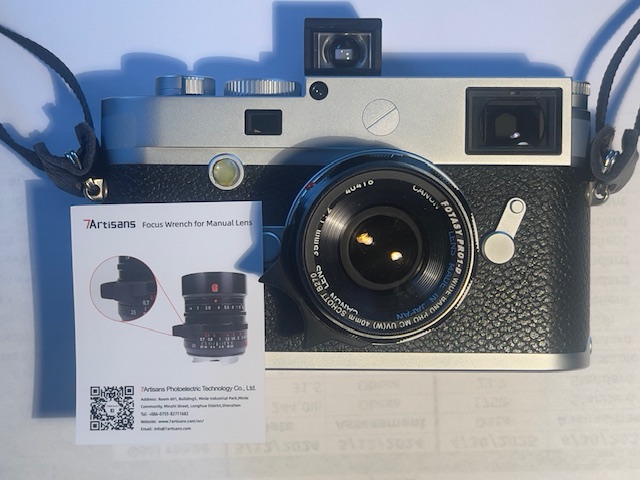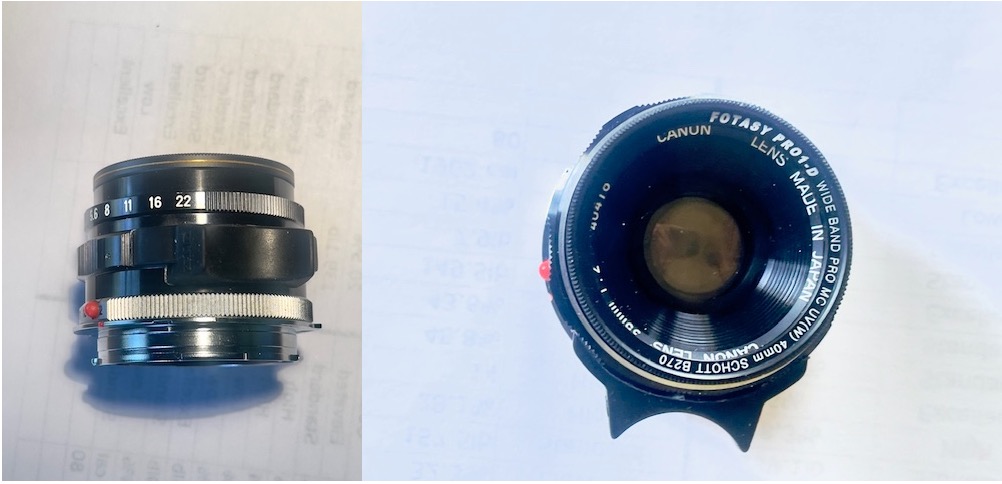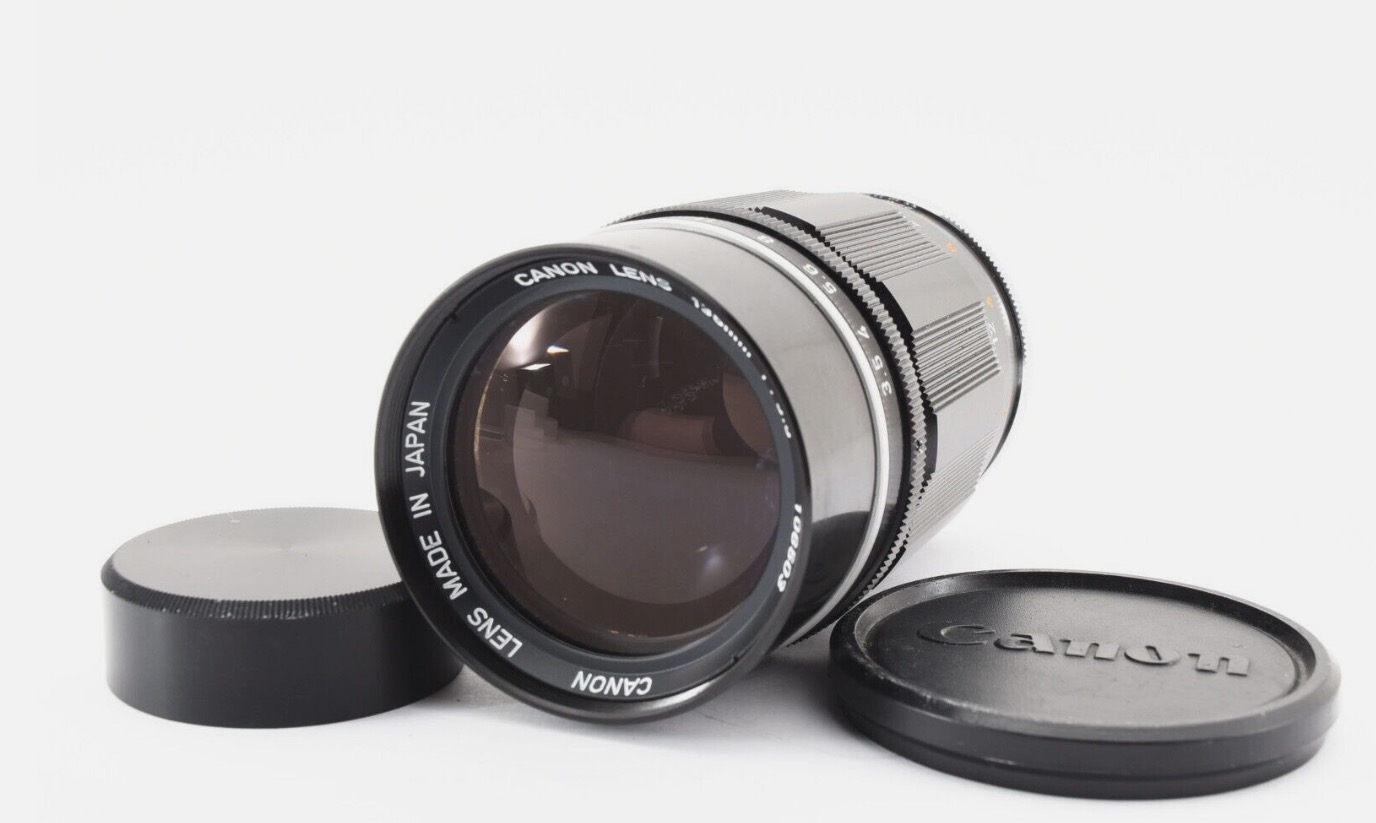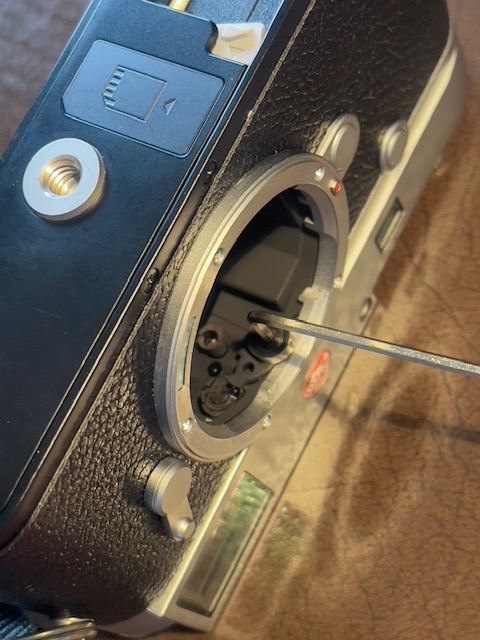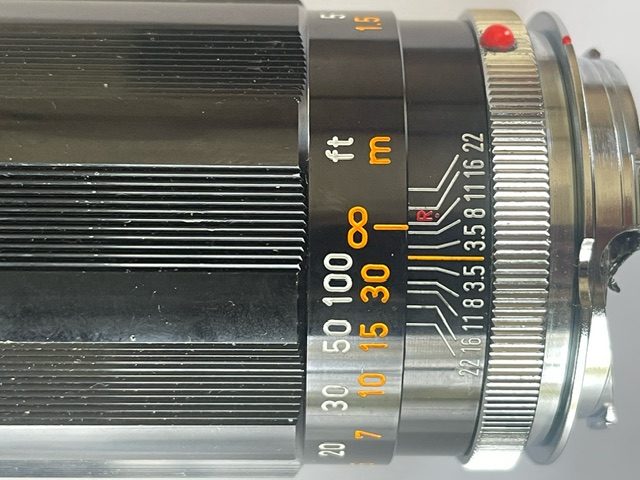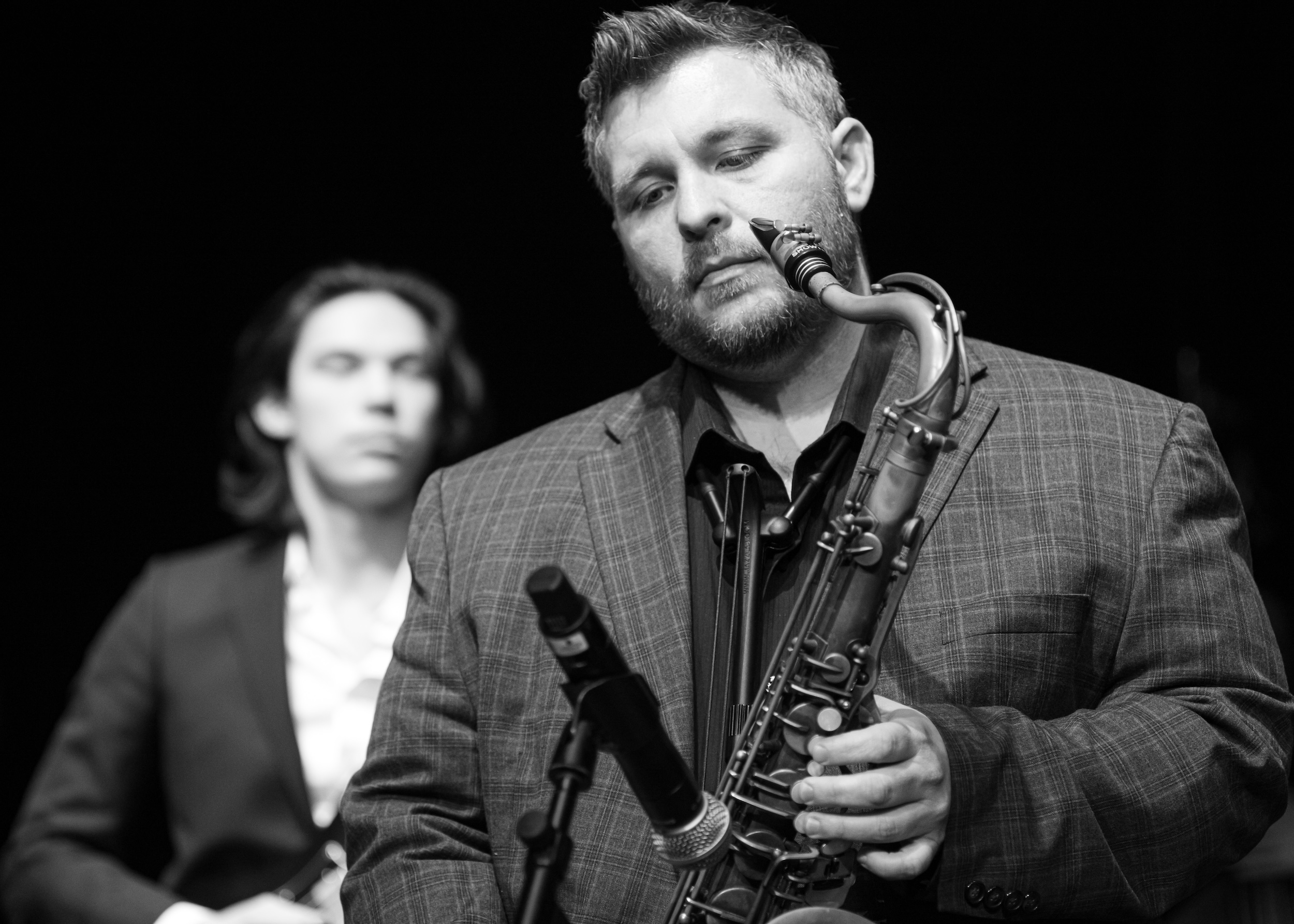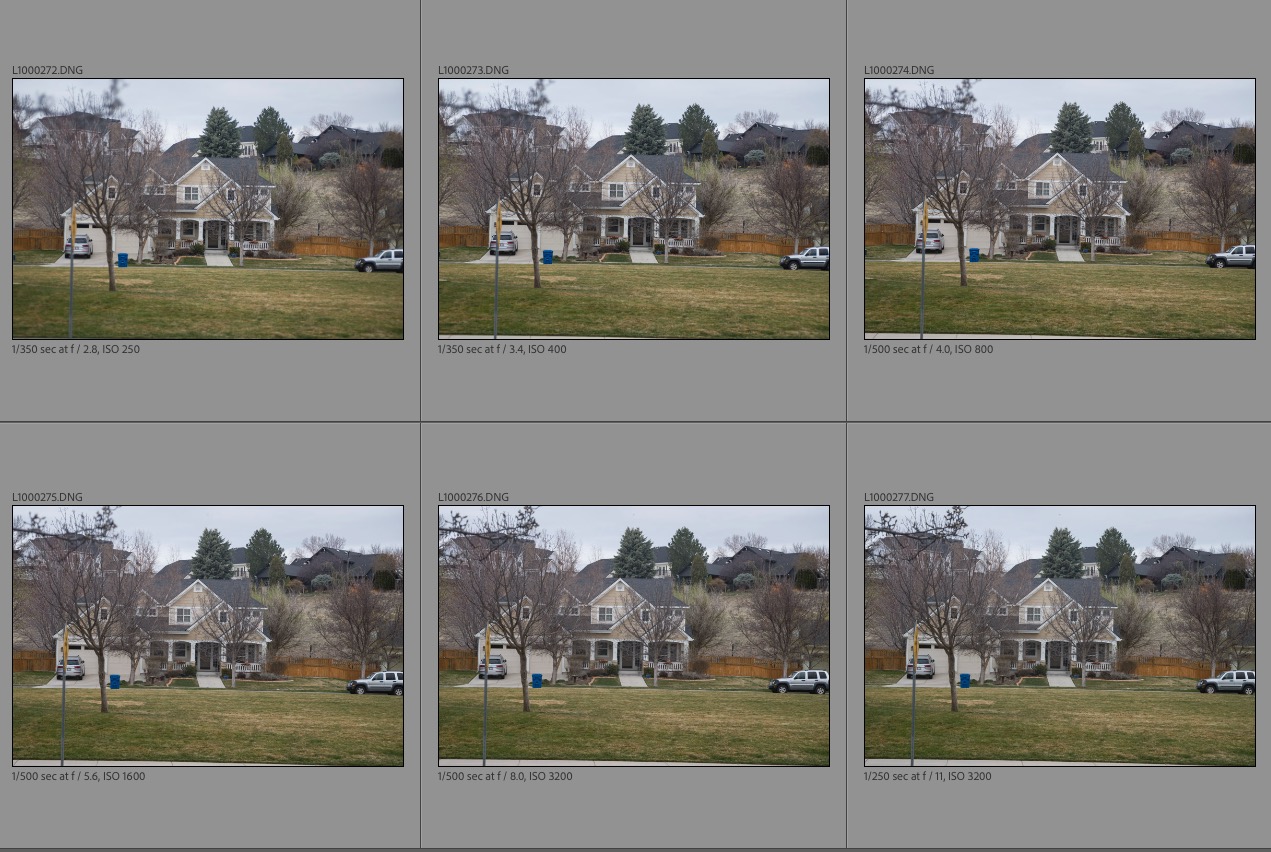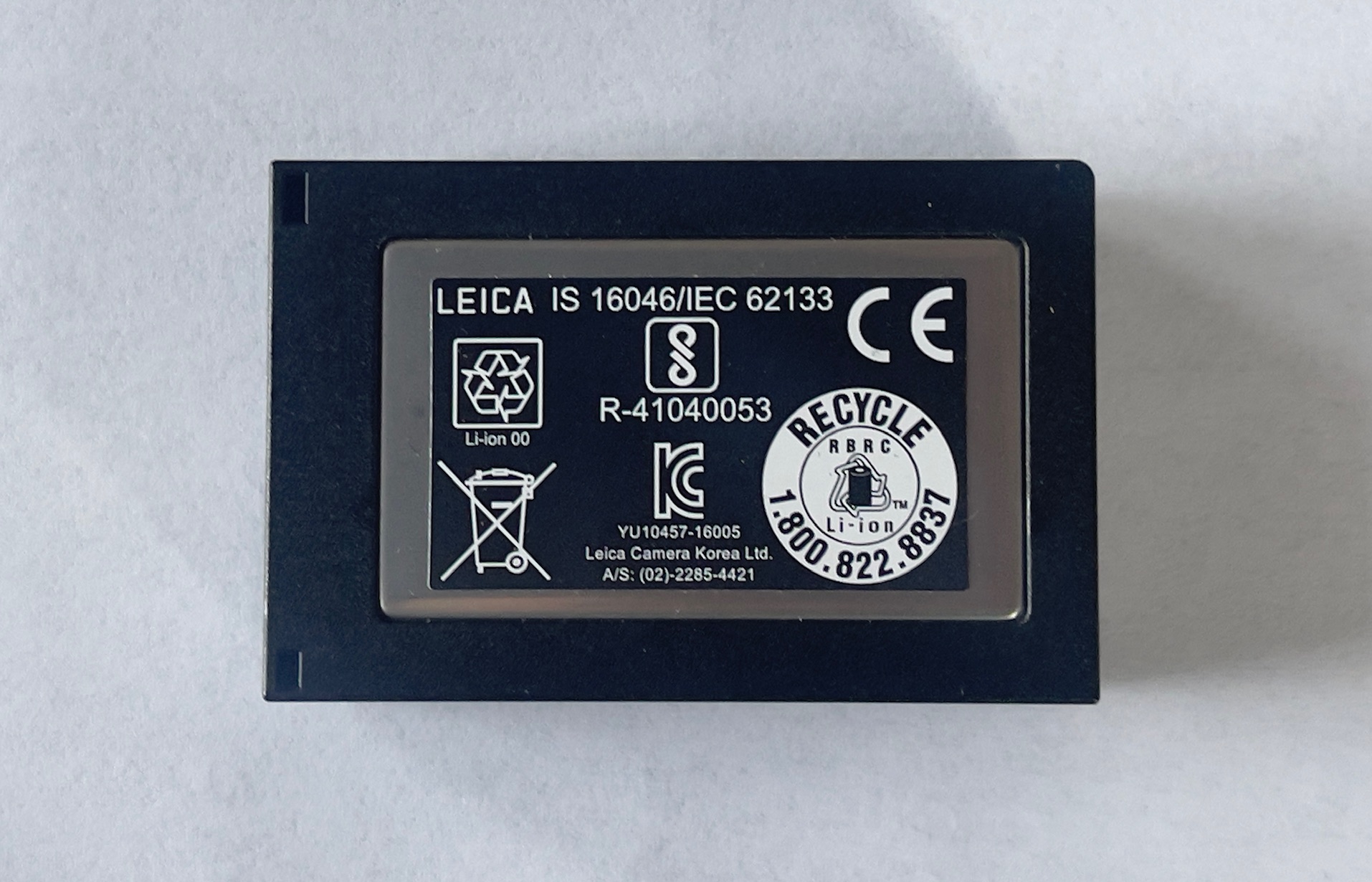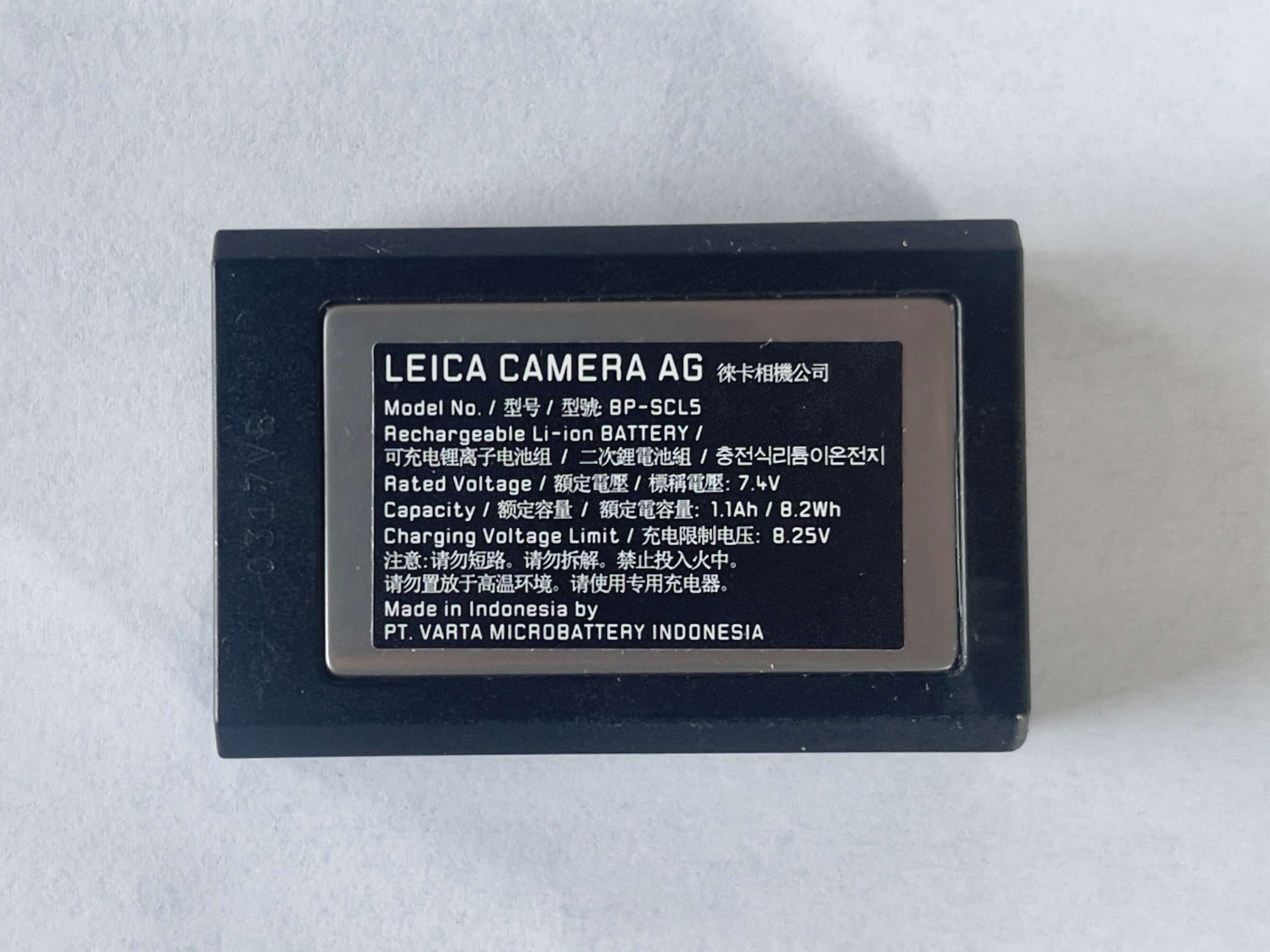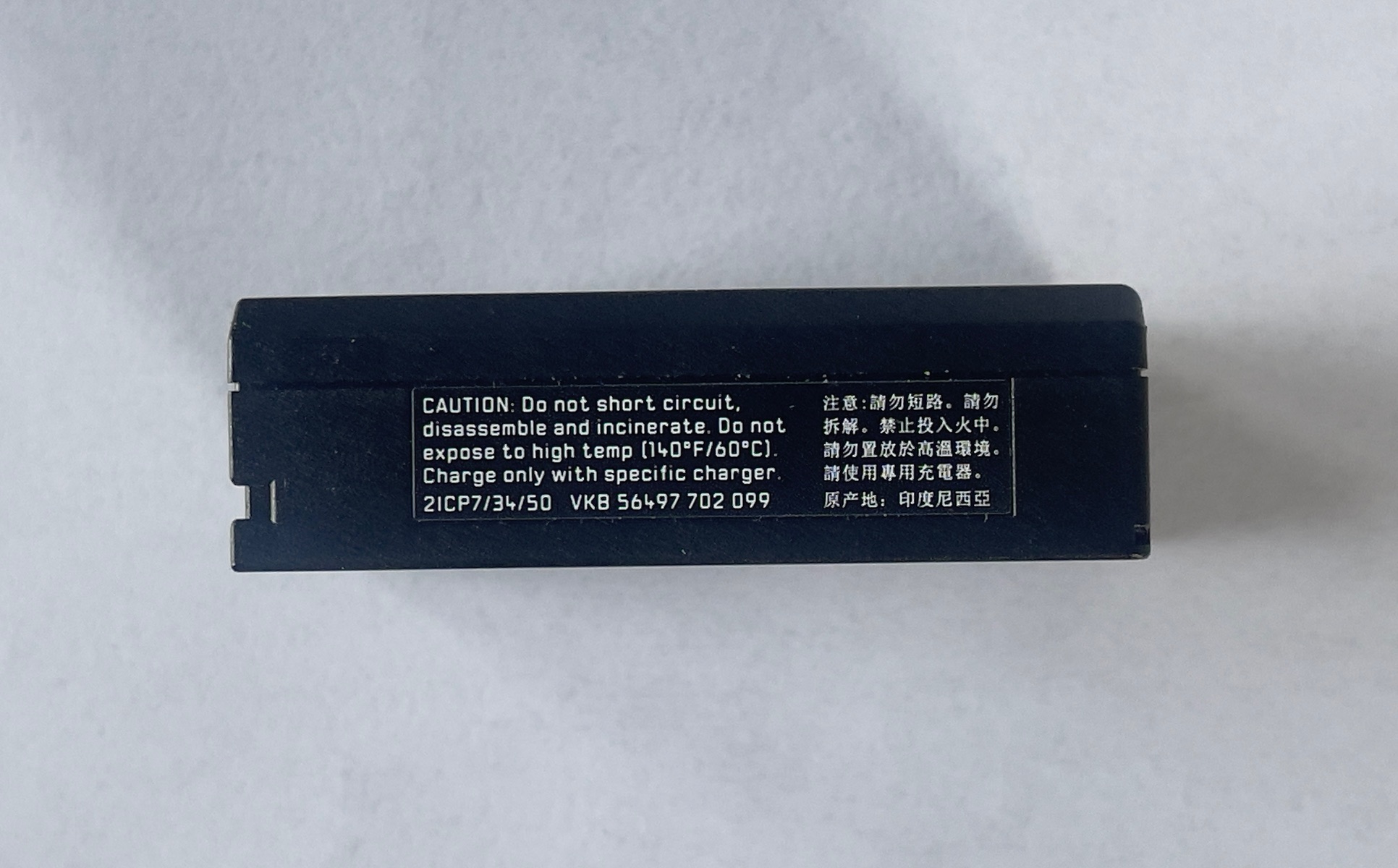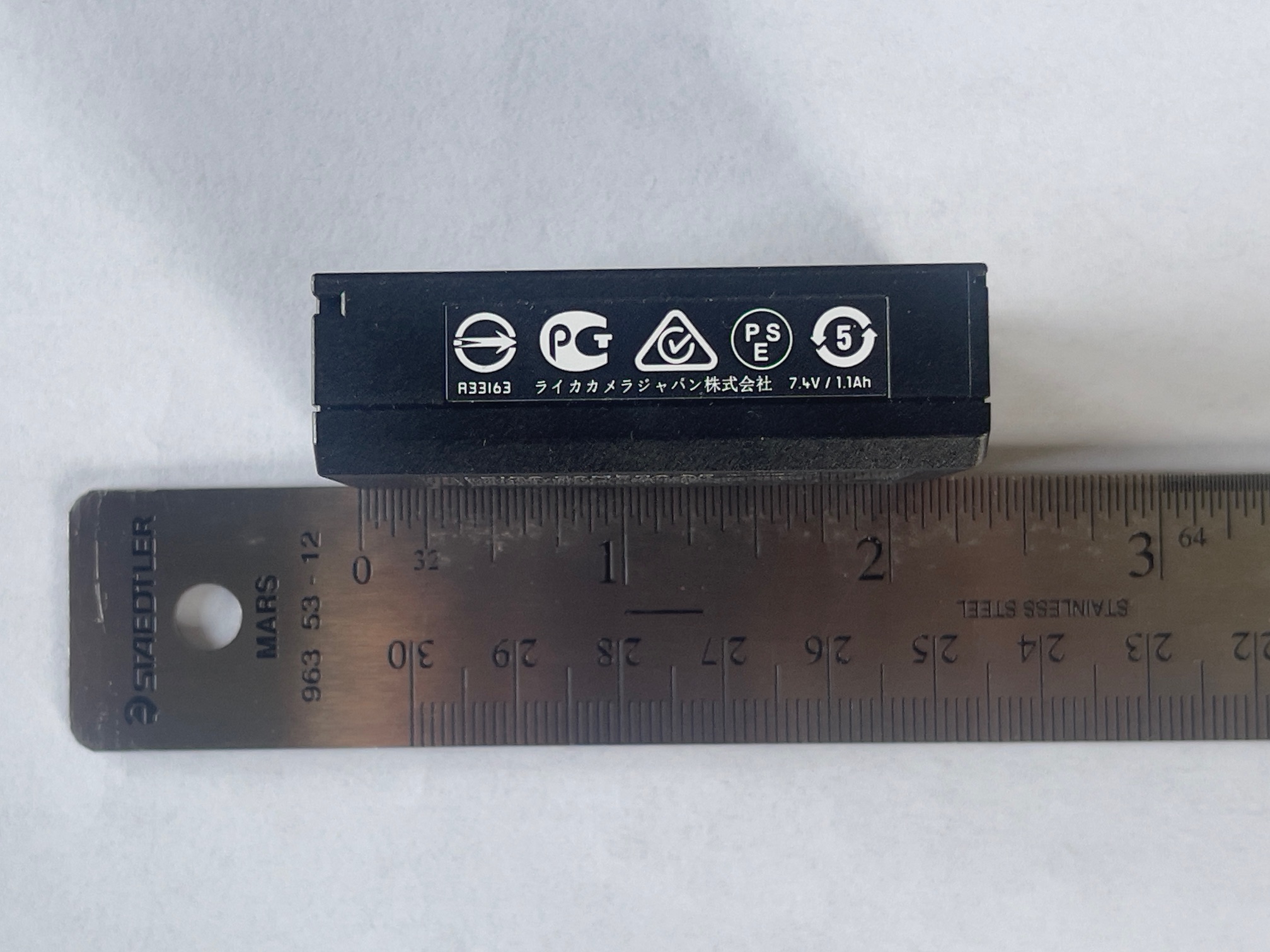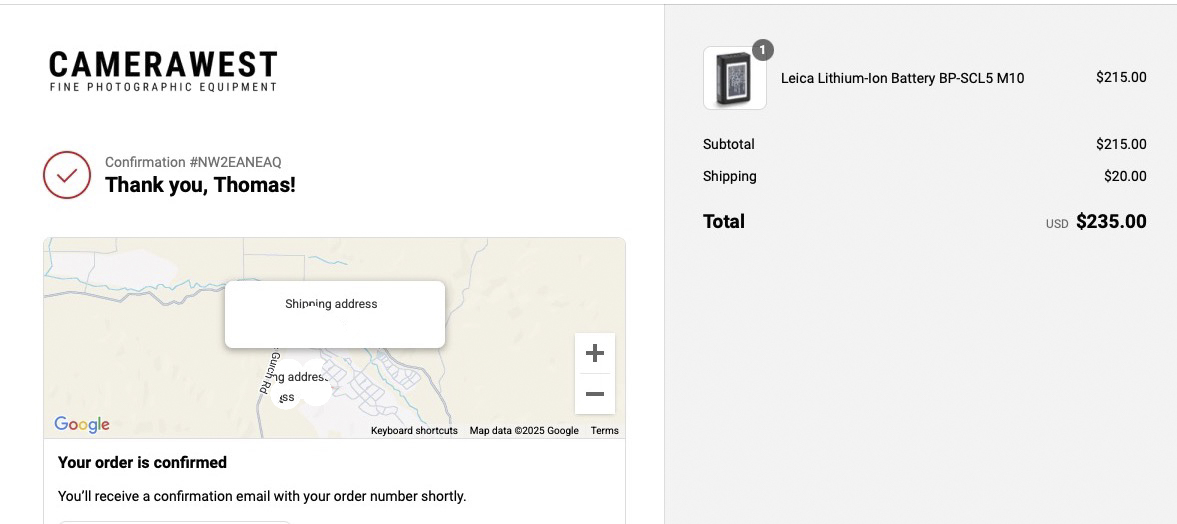Old and good.
For an index of all Leica-related articles click here.
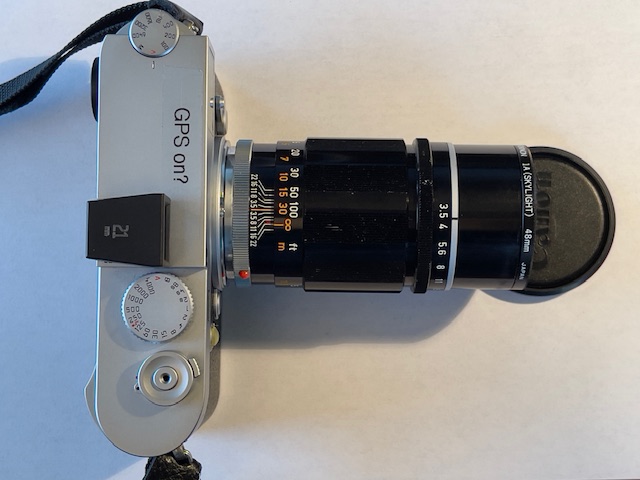
The Canon 135mm f/3.5 LTM lens on the Leica M10.
Background:
While the 135mm focal length is a bit of a stretch on a rangefinder Leica when it comes to accurate focusing, it’s handy for picking out architectural details and adds little weight to the Leica M outfit. Arguably the best M body for this focal length is the film Leica M3 with its 0.91x viewfinder magnification, but the 0.73x in the digital Leica M10 does at a pinch unless you are close to the minimum focusing distance at full aperture. 135mm lenses are not hard to design so my expectations for performance of this 50+ year old optic are high.
Canon choices:
After the great success I have had with the bargain priced 35mm f/2 and 50mm f/1.4 LTM Canon optics, I thought I would hunt down one of their 135mm lenses. According to this rather sketchy web site there were no fewer than 8 versions of the lens made from October 1952 through January 1975, optically identical. Seems like Canon could not resist fiddling with the cosmetics and engraved details. The paint filled engraved markings on my copy look as new as the day they left the Japanese factory.
With lenses this old it makes sense to try and buy as late a model as possible and that site states that Version 8 had serial numbers between 106647 and 110715. The only physical difference appears to be the identification as “CANON LENS MADE IN JAPAN” as opposed to the earlier “Canon Camera Co., Inc. LENS MADE IN JAPAN” designation. If that’s correct then the serial number range is wrong as my lens has the “CANON LENS MADE IN JAPAN” designation with a serial number of 106503. That makes it Version 8, 1971 vintage. Most eBay listings are for the older Version 7, with Version 8 relatively scarce.
There are a great number of these listed on eBay, most in Japan, and the usual precautions apply. Any mention of ‘tiny balsam separation’, ‘tiny fungus’ or ‘tiny haze’ should see you rushing for the (not so tiny) exit. Mine is mint and cost $120 shipped from Japan, to which I had to add an odd sized 48mm UV protective filter for $12 and the Fotodiox Pro 6-bit coded LTM-to-M adapter for $16, making for a total cost of $148. A modest outlay reflecting the relatively low popularity of this focal length, one which I recall as being all the rage when I was a kid. Times change.
One dated aspect of this lens is the absence of a double helicoid focusing design, meaning the front of the lens and the aperture ring rotate when the lens is focused, necessitating dual aperture scales. This makes use with a polarizing filter difficult. In this regard the 35mm and 50mm Canon lenses are more modern designs, with non-rotating front elements. However, all three lenses have equally spaced aperture settings with full click-stops.
6-bit coding:
The M10’s firmware stores three 135mm Leica lenses:
- 135mm f/2.8 Elmarit-M with goggles
- 135mm f/4 Tele-Elmar-M
- 135mm f/3.4 Apo-Telyt-M
Strangely, every available code table I have found omits codes for the 135mm f/4 Tele-Elmar which my tests disclose is a good choice of lens profile with the Canon lens in terms of absence of color fringing and vignetting. However, if you wish to use this profile there is an easy workaround. As all my other four lenses are 6-bit coded I would simply set the Main Menu->Lens Detection to the 135mm f/4 Tele-Elmar and leave the lens uncoded. Then when this sole uncoded lens is mounted on the camera, the software automatically switches to the manually dialed in lens, the 135mm Tele-Elmar. As long as the Lens Detection setting is not changed, every time an uncoded lens is inserted the camera sees it as the last lens dialed in manually – which is the 135mm Tele-Elmar! Neat.
In practice I have found the profile for the 135mm f/2.8 Elmarit-M to render the best edge detail, noticeably so with 100% pixel peeping in LRc. As my Fotodiox Pro adapter has the engraved pits for coding I coded it ‘001001’ which is the code for the Elmarit-M. Unlike with that Elmarit-M which brings up the 90mm finder frame, enlarged by the goggles, the coded Fotodiox adapter correctly brings up the 135mm frame lines. Then on import to LRc I will simply change the EXIF lens name in files with this lens designation to read ‘135mm Canon LTM’. So for those ‘experts’ who claim 6-bit coding for lenses longer than 50mm makes no difference, I can only say that is not the case in my experience. 6-bit coding makes a noticeable difference with the 135mm Canon LTM lens, and I recommend you do it.
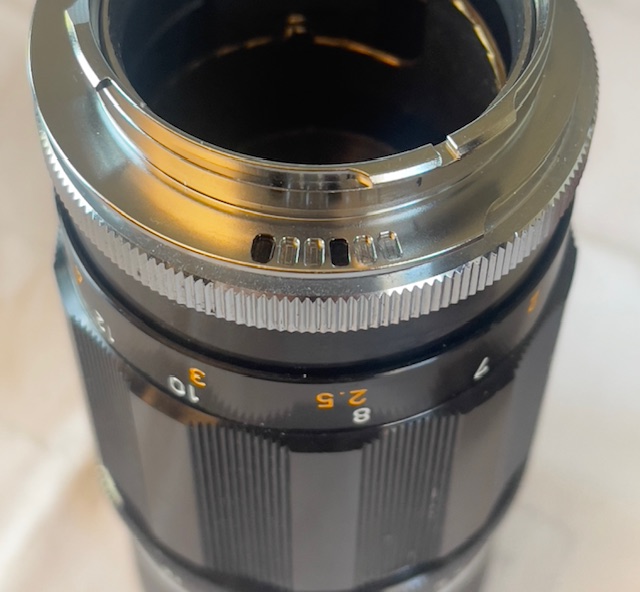
The ‘001001’ code applied to the Fotodiox Pro adapter.
The Leica interprets this as a 135mm f/2.8 Elmarit-M.
Cam modification:
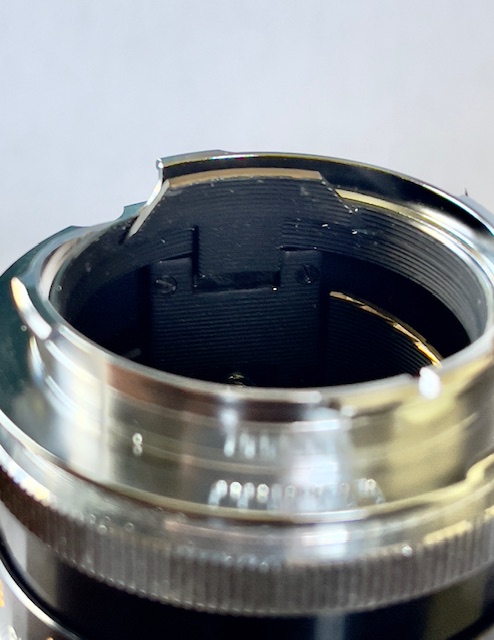
The non-rotating focus cam on the Canon
135mm lens. The actual cam is the brass
ring visible below, which contacts this pusher.
Canon did something very strange with the positioning of the ‘pusher’ focus cam on the rear of the lens. On a Canon LTM camera the focus index on the lens is displayed some 15 degrees to the right of the ‘Top Dead Center’ location of the pusher. Apparently someone at Canon thought it would be a smart idea to make the focus distance visible through the viewfinder though the reasoning behind this decision is lost in history. Which is as well as it’s an utterly useless design decision. This, however, poses a serious use issue with the lens when fitted with the Fotodiox LTM-to-M adapter on a Leica M body. Fotodiox correctly machines the single start thread on the adapter to position the focus index at TDC, as with any other LTM optic. However, this causes two problems:
- The pusher cam almost misses the cam follower (roller) in the throat of the camera’s bayonet mount as it is offset to the left. This means rangefinder focusing is inaccurate.
- The lens is located 0.0055″ too far forward on the bayonet adapter for correct focus even were the pusher to properly contact the cam follower. That means focus will be off significantly once the cam position is remedied.
In this illustration you can see just how offset to the left the cam is from the correct TDC position for contact with the cam follower – note the two black marks on the Scotch tape. The mark at the infinity focus line is where the center of the cam should be:
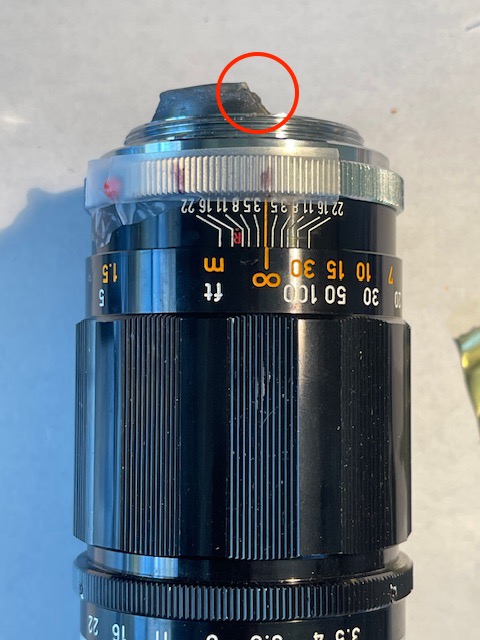
The cam’s offset. The leading edge
of the extended cam must be sloped or
concave to allow it to ease past the
roller when the lens is mounted,
otherwise it will jam and you risk
damage to the camera.
So first I had to add some J-B Weld epoxy at the leading edge of the cam to make sure of proper contact between cam and cam follower (roller) but also allowed some epoxy to be proud of the surface of the regular cam to correct for the focusing error. This dimension calls for an increase of but 0.0055″, a small amount, but critical for accurate rangefinder focusing. That’s the amount the pusher moves between the two black marks in the image above. J-B Weld has a fairly viscous consistency when the two parts are mixed and can be dabbed on to the leading edge of the cam and then allowed to cure for 24 hours. I needed three applications, meaning 72 hours, to build up the cam. No one said this process is fast.
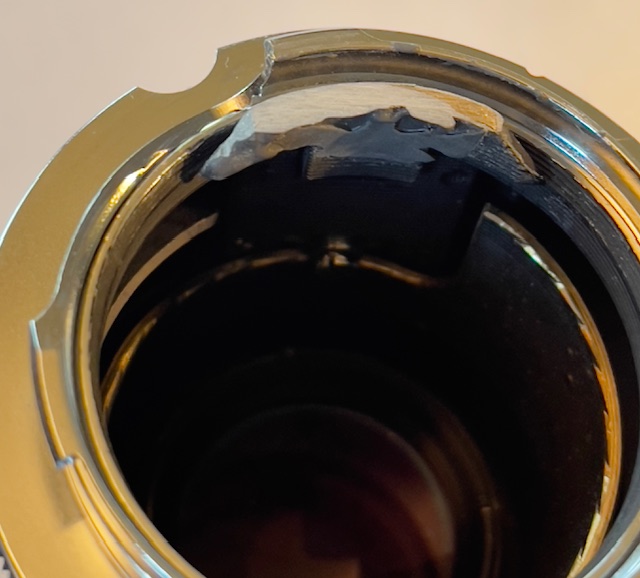
The epoxy extension filed down for
accurate focus. The excess epoxy on the
inside of the cam pusher does not interfere
with anything, so I left it. A dab of
black matte paint finishes the job.
Having applied more epoxy than required on purpose, I then used a fine Nicholson miniature file to gradually file this layer down until the focus patch was correctly at infinity with the lens thus focused. I also made sure to file the new leading edge of the modified cam to a smooth slope to allow for gentle contact with the cam follower in the camera when the lens is mounted. Once cured J-B Weld epoxy is very hard so I expect it to wear well in use, especially as the sole contact the epoxied extension makes is with the benign rotating cam follower in the camera’s throat. The only friction occurs when the lens is mounted or removed. Checking focus accuracy at the minimum focus distance of 5 feet at full aperture confirms the fix is good. This is an extremely critical test and one you must do to make sure all is well when it comes to critical focusing. If this is not correct you will forever be blaming a splendid optic for poor performance. You cannot be too particular with a 135mm lens on a rangefinder Leica when it comes to focus accuracy as depth of field is very shallow and focusing errors (and camera shake!) are magnified compared to use with shorter lenses.
Phew! It took me the best part of a week to get this dead right. On my first attempt I filed away too much epoxy and had to build up the cam again. By the way, the lens has zero collectible value so it’s not like these modifications hurt anything. If anything they extend resale ownership to a large cadre of frugal Leica M owners who do not want to spend Leica-amounts on a relatively little used focal length.
Viewfinder interference:
Used without a lens hood the lens does not impinge on the 135mm frame in the finder of the Leica M10, except at its minimum focus distance of 1.5 meters/5 feet, where it just touches the lower right hand corner of the frame. In other words there’s no issue with finder blockage. Focused at infinity the lens protrudes just 4.0″ from the camera’s mount with a UV filter mounted. By comparison the 135mm Elmar is 4.8″ long and the Tele-Elmar is 4.4″ long. The Apo-Telyt is 4.1″ long. Considering it is not a retrofocus design Canon has done a fine job in limiting the length of the lens.
Red dome lens mounting index:
More shop work! As with the 21mm Voigtländer lens, I had to machine a recess for epoxy for a red dome mounting index in the rear serrated ring on the lens. The serrations do not provide an adequate mounting surface for the red dome. The stock index on the Fotodiox LTM-to-M adapter is far too hard to see and there is no tactile feedback for use in poor light. It bears repeating, if you are not experienced with machining operations, please delegate this task or risk marring your lens.
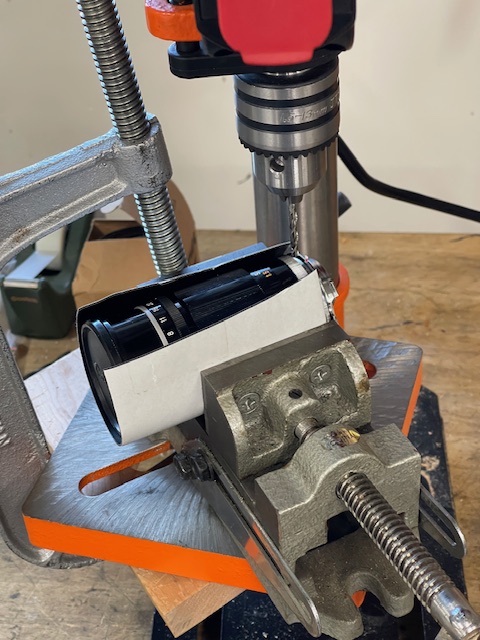
The lens is securely held in a machinist’s
vice on the table of the drill press.
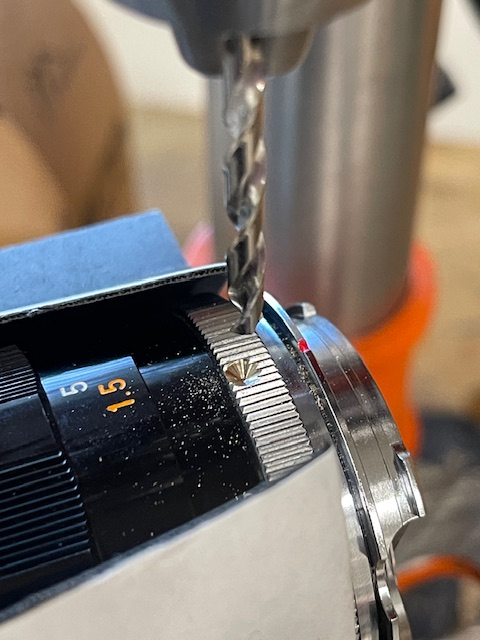
The recess for the epoxy is drilled.
Note the stock index mark on the LTM-to-M adapter.
Set up time to get this right is 20 minutes, everything secured in place. Drill time is 30 seconds. Get the setup nailed and the drilling part is easy.
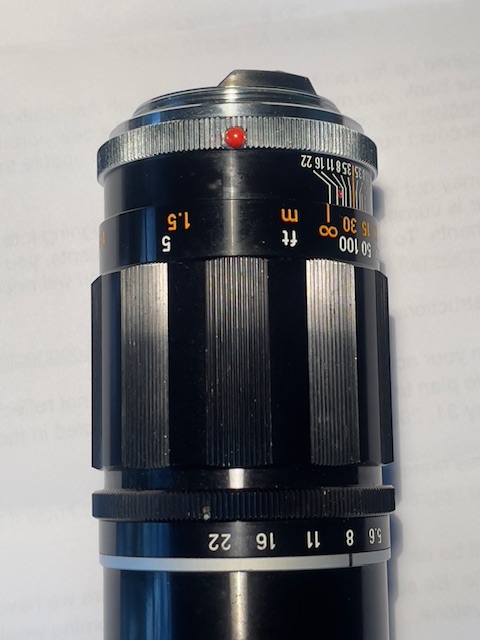
Now mounting the lens on the camera is easy.
Note the fine quality of Canon’s engravings and finish.
Canon vs. Leica:
The first impression when picking up the Canon lens is one of great solidity, likely the result of zero plastics in the construction, and weighing in at a chunky 15.4 ozs/435 grams. No rattles, no squeaks, just glass and metal alloy and superbly finished, with high quality engravings all around. Leica quality, in other words and the optic balances nicely on the very solid Leica M10. The diaphragm has no fewer than 10 leaves which should make for smooth out-of-focus areas and the click stops are firm, necessitating a hold on the broad focus collar to change apertures, otherwise the focus changes. The focus throw from infinity to 5 feet is extremely long, almost a full circle. Call it 345 degrees. So rapid focusing from here to there is not this lens’s forte, but careful alignment of the rangefinder images is. My guess is that Canon did this by design to enhance focus accuracy with the ‘iffy’ rangefinder at this focal length. Compare to Canon’s 35mm f/2 design with its extremely short focus throw of 90 degrees, because why add spurious fine focus tuning accuracy with a short focal length lens?
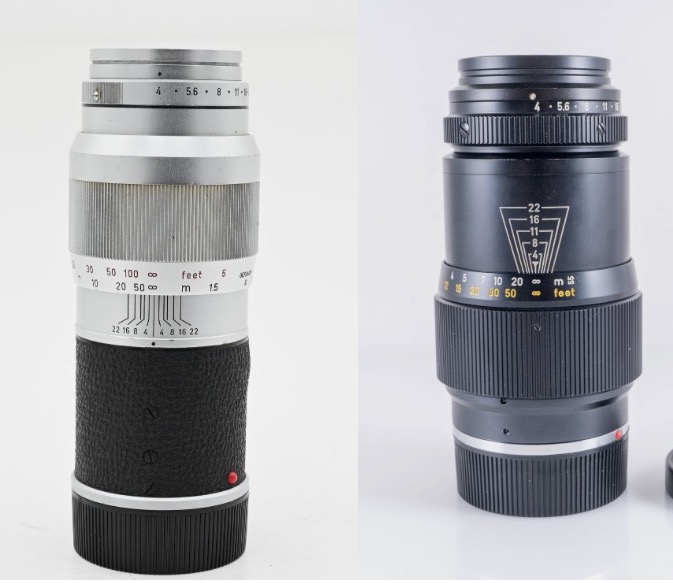
The 135mm Leitz Elmar and Tele-Elmar lenses.
Note the very long focus throw on the Elmar.
One of the significant advantages of the Canon lens over the Leitz 135mm f/4 Elmar (1960-65) or later f/4 Tele-Elmar (1965-85 and 1992-98) is for those (me!) who value 6-bit coding. There is no groove in the mounting flange of the Leitz lenses for addition of 6-bit codes so the lens has to be machined to add code pits. You cannot remove the rear flange for replacement with a 6-bit coded one as it’s retained internally, not with external screws. Reckon on $150 plus postage and waiting time to have the job done professionally. You hope. Paint the codes on the plain, stock flange and they will quickly wear off from friction between the lens and the mount on the camera’s body, so that’s not a solution. The other advantage is that at $148, all in, the Canon is far cheaper than the Leitz versions, though these do sell for fairly attractive prices, from $250 to $350, for unmolested copies.
One note – the early 135mm Leitz Elmar also came in an LTM version which means that a coded LTM-to-M adapter can be used for proper 6-bit coding. Given the reportedly small optical difference in performance between it and the successor Tele-Elmar it’s probably the best bet if you absolutely must have a Leitz 135mm lens, though it will encroach on the 135mm finder frame considerably more than is the case with the Canon. Add a lens hood and you are flying (half-) blind. Published tests suggest there’s little performance difference between the Canon and these two Leitz lenses. Do yourself a favor and keep your wallet heavy. Go with the Canon and be prepared to modify the cam as I show above. It’s not that hard if you have a modicum of mechanical skill.

The gigantic 135mm Elmarit with goggles.
There was also a 135mm f/2.8 Elmarit with giant goggles which completely defeats the concept of ‘small camera, small lens’. The goggles were added to enhance finder magnification for accurate focusing, and use the (magnified) 90mm finder frame. Talk of putting lipstick on a pig. This clunker was variously made between 1963 and 1997 and it’s hard to see going there.
Finally Leica made the 135mm f/3.4 Apo Telyt version, introduced in 1998, and seemingly recently discontinued, which makes you wonder why Leica still includes 135mm finder frames in its viewfinder. Leica added 6-bit coding somewhere around 2006 as standard, but the lens is silly priced used, so it is of little interest.
A more detailed resolution test appears here.
Some snaps to follow when I have had a chance to try this lens out on the M10.
